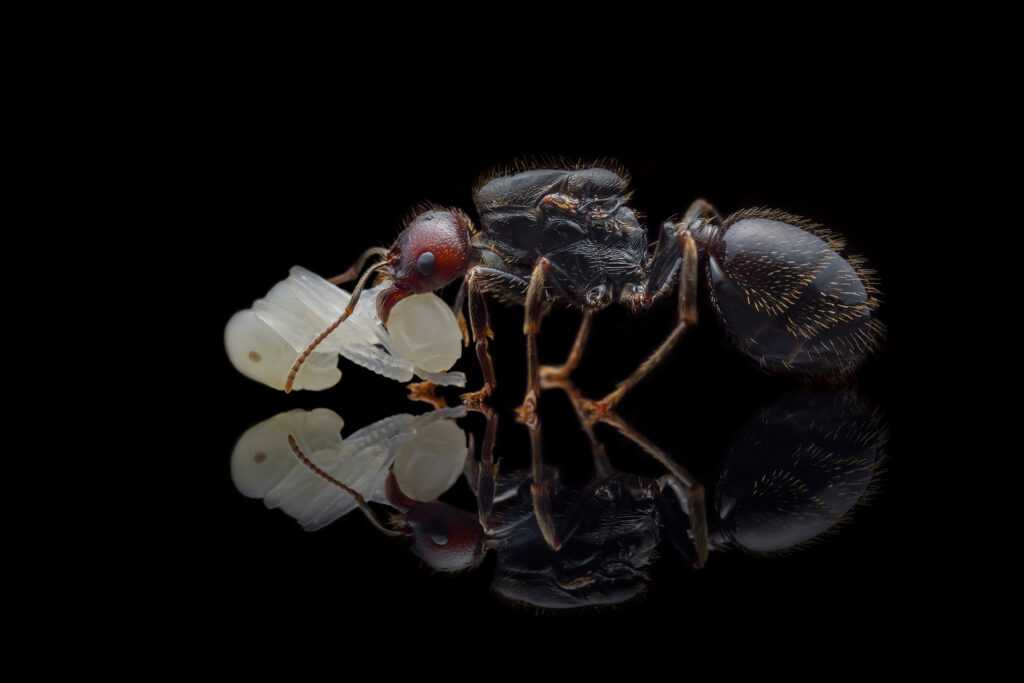Camponotus pseudoirritans: A Species with Great Variability
Camponotus pseudoirritans is a fascinating species of ant native to Asia. Known for its color variability and worker polymorphism, these ants are a popular choice for ant enthusiasts and hobbyists. In this product description, we will delve into the various characteristics, features, and benefits of keeping Camponotus pseudoirritans as pets.
Colony Type and Size
Camponotus pseudoirritans colonies are monogynous, meaning they have a single queen. Their colony size can reach up to 5000 workers, creating a thriving and bustling ant community.
Development Rate and Size
The development rate of Camponotus pseudoirritans can be considered medium compared to other ant species. The queen of this species typically measures between 11 and 14mm, while the workers range from 5 to 8mm in size. The majors, which are the larger workers responsible for specialized tasks within the colony, measure between 7 and 11mm.
Coloration and Appearance
Camponotus pseudoirritans showcase a stunning color variation. The head is predominantly dark brown or black, while the chest ranges from brown to yellowish. The bottom of their body displays an attractive orange-brown color, adding to their visual appeal.
Nutrition and Feeding
Proper nutrition is vital for the health and well-being of Camponotus pseudoirritans colonies. Their diet includes a variety of food insects such as cockroaches and crickets. They also enjoy syrup made from a mixture of water and honey, with a suggested ratio of 4:1. Other suitable food options include fruits, vegetables, jelly, and cooked chicken without salt. For more information, check our ants category.
Habitat Conditions
Creating the ideal habitat conditions is essential for the thriving of Camponotus pseudoirritans. In the arena or foraging area, it is recommended to maintain a humidity level of 40-60%. Inside the nests, a slightly higher humidity level of 50-70% is advised. Temperature-wise, the arena should be kept between 24 and 28 °C, while the nests should maintain a temperature range of 20-24 °C.
Recommended Nests for Breeding
When it comes to breeding Camponotus pseudoirritans, several types of nests are suitable for their needs. These include acrylic, cork, plaster, and aerated concrete nests. Each type of nest provides a different level of moisture retention and visual display for observing the ants’ behavior and activities.
In Conclusion
Camponotus pseudoirritans, with its captivating color variability and worker polymorphism, is a species that enthralls ant enthusiasts worldwide. From their monogynous colony structure and size to their medium development rate, these ants offer a unique ant-keeping experience. Creating the right habitat conditions and providing a balanced diet ensures the health and well-being of this fascinating ant species. Consider choosing acrylic, cork, plaster, or aerated concrete nests for observing their behavior and breeding these remarkable ants successfully.



















Reviews
There are no reviews yet.